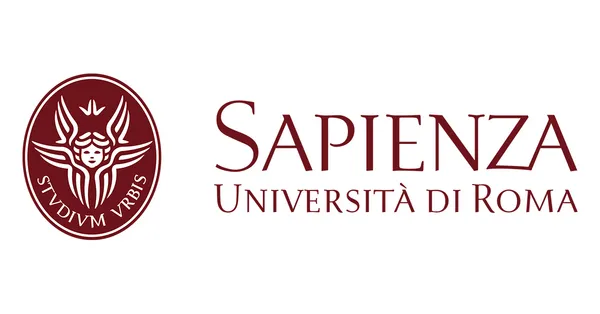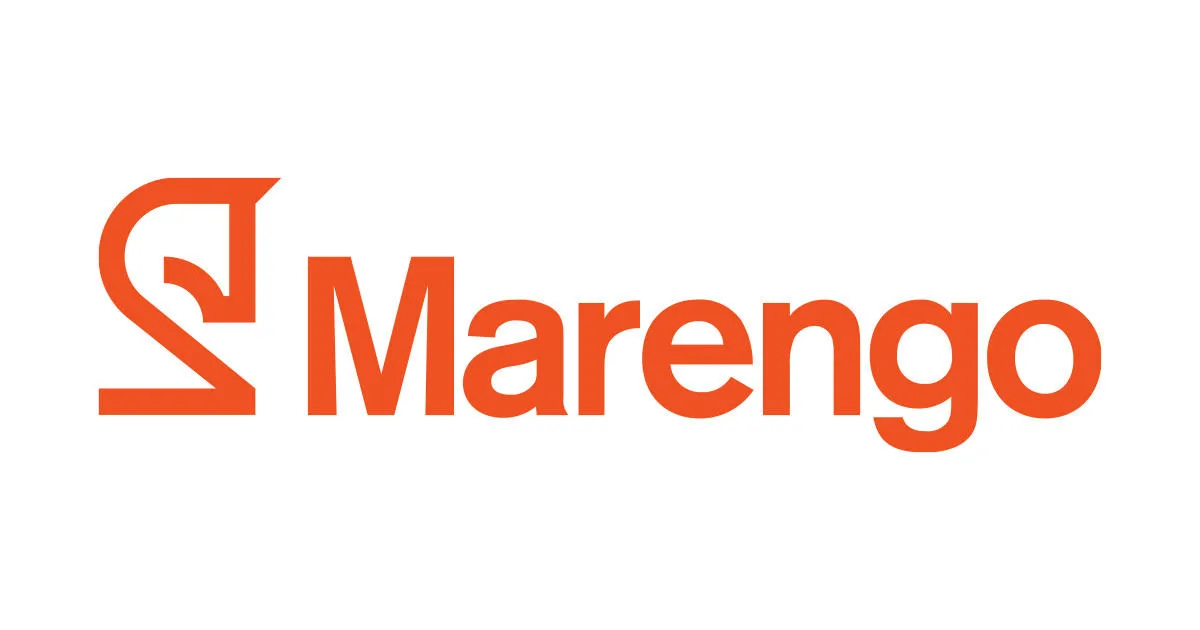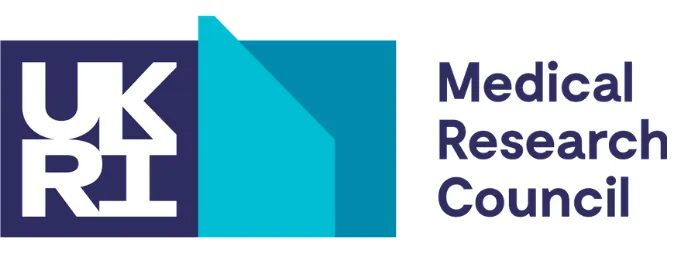Tissue Immunosurveillance by T cells
We investigate how tissue integrity is maintained and restored by T lymphocytes resident within sites such as skin, gut, and reproductive tract.
Our focus is gamma-delta T cells, discovered following our identification of T cell receptor (TCR) gamma-chain genes. We have shown that the gamma-delta TCR uses a germline (innate) motif to engage butyrophilin-like molecules (of hitherto unknown function) expressed by healthy epithelial cells. Upon cell dysregulation, the TCR switches to adaptive recognition of “stress antigens”. We are now asking how this unique capacity to bridge innate and adaptive immunity relates to disease, and may be exploited in cancer immunotherapy.
Our Partners

Sapienza University of Rome

Takeda

Marengo Therapeutics





